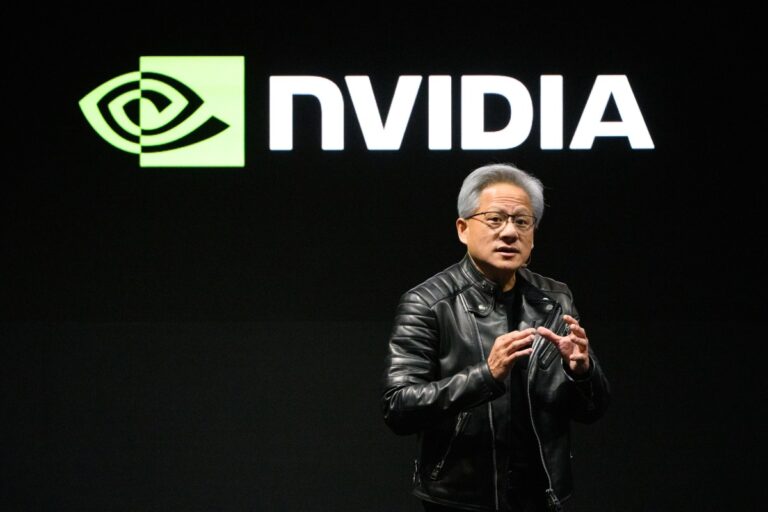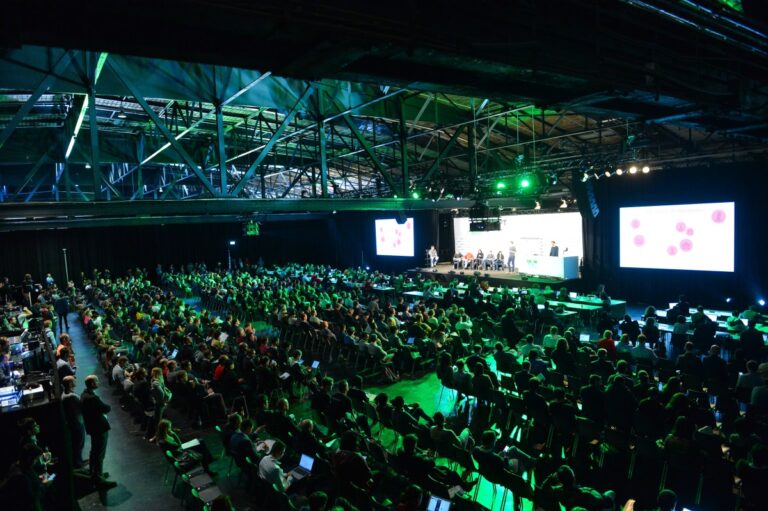Slow and Steady: Robots Tackle Their First Half Marathon Challenge!
Humanoid robots are making strides in the world of competitive sports, but they still have a significant journey ahead to match human runners. Recently, Beijing’s E-Town tech hub hosted the world’s first humanoid half-marathon, where 21 humanoid robots competed alongside thousands of human participants.
Highlights from the Humanoid Half-Marathon
According to Bloomberg, the standout performer was Tiangong Ultra, a robot developed by the government-supported research institute X-Humanoid. It completed the race in an impressive time of two hours and 40 minutes. While this time pales in comparison to the winning male human runner’s time of one hour and two minutes, it marks a significant milestone for robotics.
Human Assistance in Robotic Performance
It’s worth noting that Tiangong Ultra required human assistance to navigate the course effectively. A human runner, equipped with a signaling device, led the robot, allowing it to mimic his movements. In contrast, many other robots were remotely controlled, with human operators running alongside them.
Race Statistics and Challenges
- Only four robots finished within the four-hour cutoff time.
- Most competitors, including Tiangong Ultra, needed human support to complete the race.
- Some robots faced technical difficulties; for example, Shennong tripped a human runner and crashed into a fence, while Little Giant, the smallest competitor at 30 inches tall, encountered smoke issues.
The event featured contributions from various Chinese companies and student groups. Notably, the Unitree G1 robot fell at the starting line, illustrating the challenges faced during the competition.
Rules and Regulations for Participation
To qualify for the humanoid half-marathon, robots were required to resemble humans and operate on two legs. They raced in a designated lane separate from human runners, with staggered start times to minimize collision risks. Additionally, competitors were allowed to change batteries during the race—Tiangong Ultra underwent three battery swaps—and substitute robots could be introduced with a time penalty.
Future of Humanoid Robotics in Sports
Tang Jiang, the Chief Technology Officer of X-Humanoid, expressed confidence in the achievements of their robots, stating, “I don’t want to boast, but I think no other robotics firms in the West have matched Tiangong’s sporting achievements.” This event represents a significant step forward in the integration of robotics into competitive sports.
As humanoid robots continue to evolve, it will be interesting to see how they adapt and improve their performance in future competitions. For more insights on humanoid robotics, visit The Humanoid Hub.







